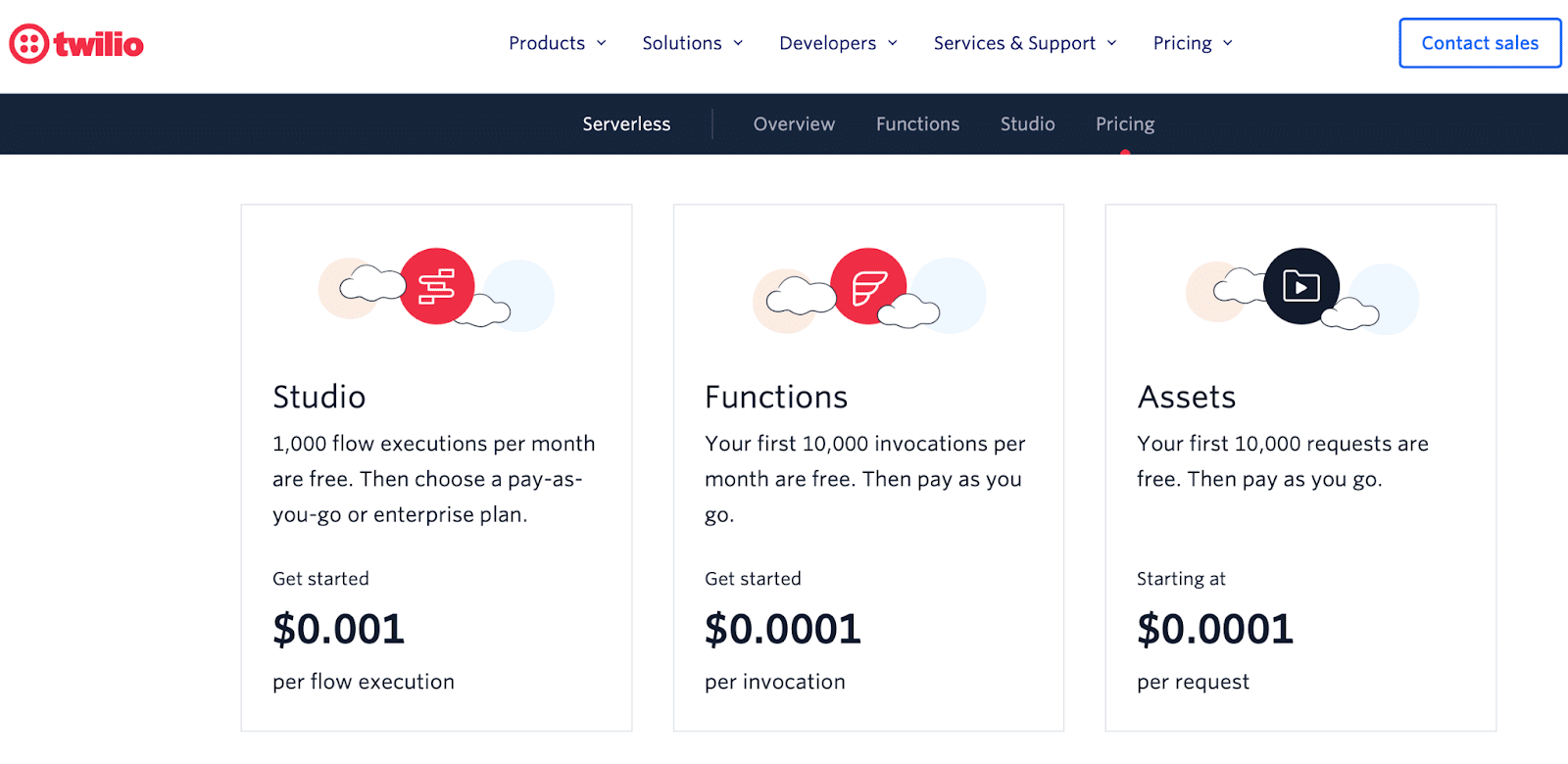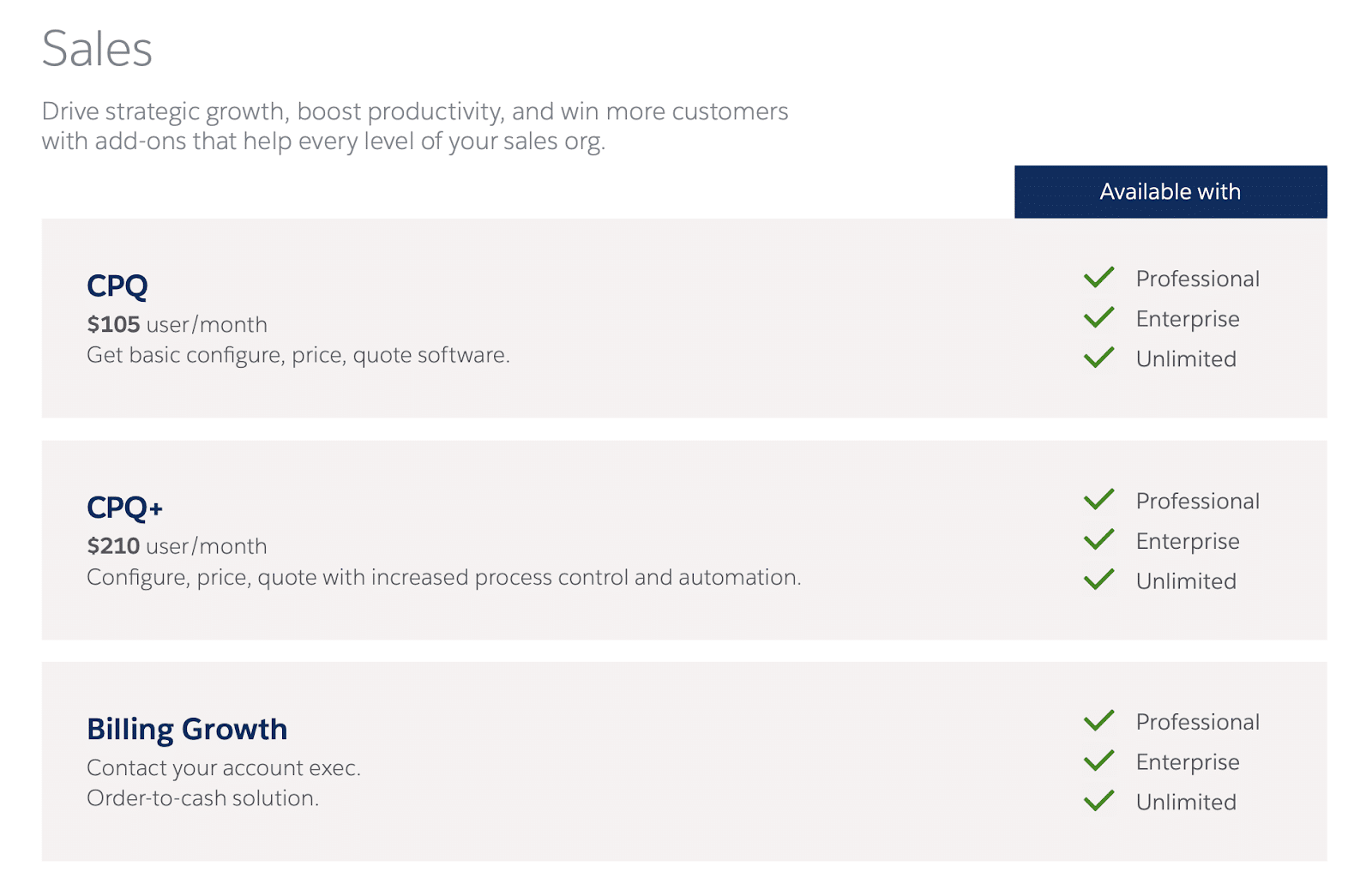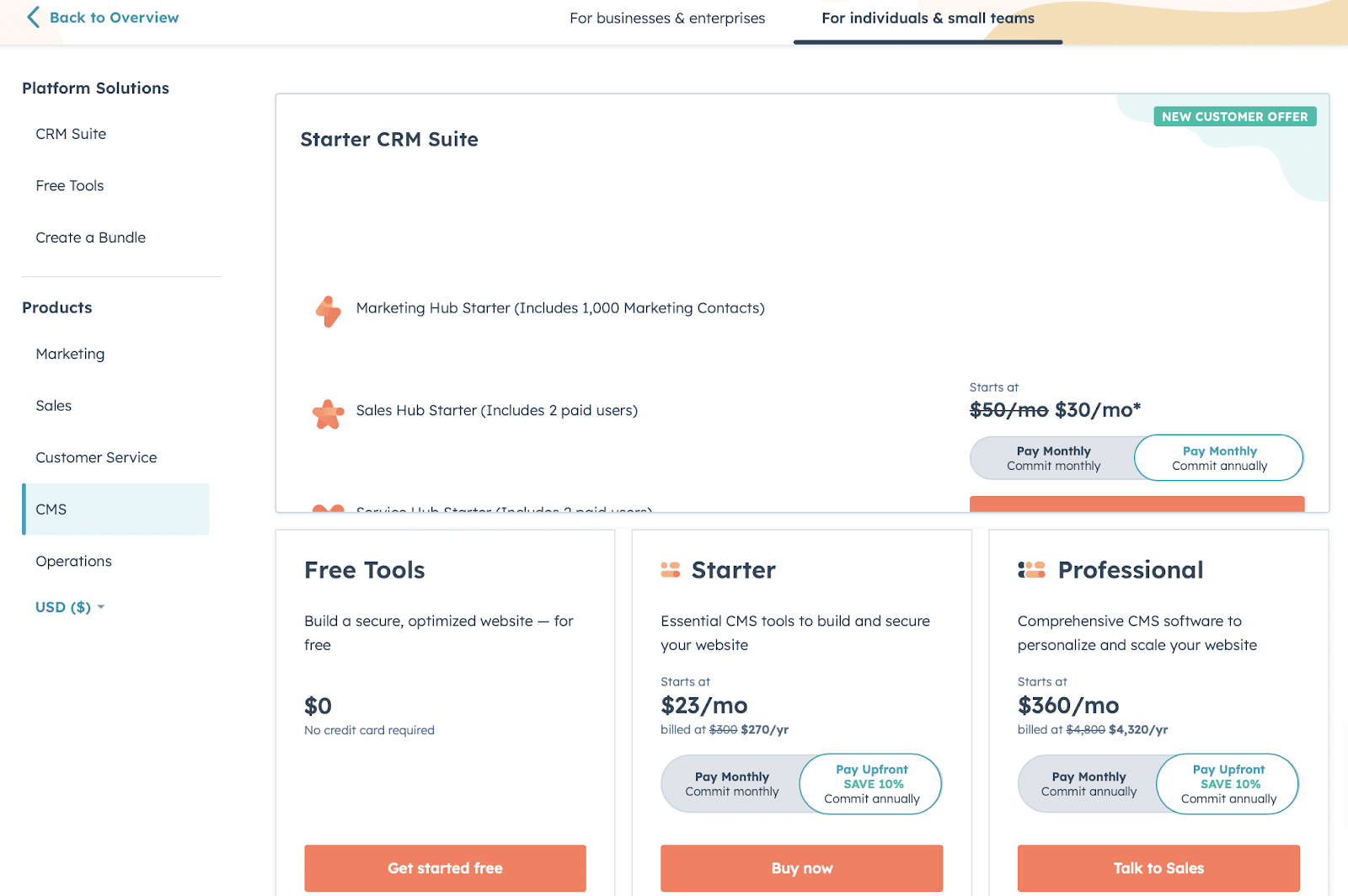5 Common SaaS Pricing Structures & Choosing the Right One for You

There’s so much that goes into launching a SaaS product, and your GTM strategy may be centered around product development, branding, and marketing. It’s just as crucial, of course, to choose a SaaS pricing structure that maximizes your profit and appeals to your audience, however, if you want short-term and long-term success.
Wondering how you should price your SaaS product? In this post, we’re going to talk about why pricing structures matter and go over some of the most popular SaaS pricing structures to choose from.
What is a SaaS Pricing Structure?
SaaS pricing structure refers to how you choose to price your SaaS product.
Will you charge a flat fee per user? Will you have different flat fee packages, each of which increasingly offers more users and more features? Or will you have a flat service fee with “add-on” features that users can purchase?
Your pricing structure determines how you’re charging customers and what they’re paying for.
Why Your SaaS Pricing Structure Matters
Your SaaS pricing structure will directly influence your revenue, both by impacting how much you earn for each deal you close and how many customers you’re able to attract.
It’s important to consider a structure that prices your product well, maximizing profit. You want to make solid revenue, and you don’t want to end up in a pricing structure that can backfire. Offering “unlimited usage for unlimited users,” for example, is possible for small business accounts who may have restricted usage overall, but probably not for large corporations (unless the plan is exorbitantly expensive to begin with).
You also need your pricing structure to appeal to customers, ideally striking the balance between these qualities:
- Customization. Are customers able to get the features they need at the scale that they need? Sometimes, SaaS products have extensive feature options, so finding out the best way to let customers pay for what they need and drop off what they don’t can be a game changer.
- Simplicity. While some SaaS products have complex pricing structures, that can work against them. Some customers want to find simple price structures that are easy to understand and easy to track.
- Affordability. Can customers afford what they need? The answer to this will depend heavily on who your audience is— are you targeting small businesses or enterprise-grade companies? Consider how you can create products that justify the cost assigned to them.
The 5 Most Common SaaS Pricing Models
Knowing which SaaS pricing structure is right for your business comes down to understanding the different models, and the pros and cons of each. Let’s take a look at the five most common SaaS pricing models businesses often from.
1. Flat Rate Pricing
Flat rate pricing is one of the most simple SaaS pricing models out there.
In many cases, flat rate pricing will include between one and four different pricing tiers. Each one will come at a different price point and include an often increasing number of users, usage, and features.
In the example below from Snappa, their first plan is free and allows for one user and three downloads per month. Their Pro plan allows for unlimited downloads per month, integrations, and the ability to remove image backgrounds, and their Team plan allows for more features and up to 5 users.

The Pros & Cons
The pros of flat-rate pricing for SaaS products are:
- It’s simple— it’s often extremely easy for potential users to understand and to determine exactly what they’ll get
- It’s predictable— it makes it easy for your business to assess in term expected monthly recurring revenue
- It’s an effective way to showcase how increased cost means increased value in the tool, while giving users the ability to choose a plan that truly meets their needs and budget
And the cons:
- There isn’t any customization unless you’re offering a special custom enterprise plan; this may be a con for some businesses
- There can be restrictive limits on the number of users, depending on the tool; understanding your audience is important here
- You must be priced extremely competitively because the costs are so transparent
- If there are limits on usage, that may frustrate some potential clients depending on their needs
2. Usage-Based Pricing
Usage-based pricing is one of the less-common SaaS pricing structures, but it’s still a common model that can be a great fit for certain products.
With this pricing model, you’ll charge customers based on their usage. Sometimes there will be a flat fee for access to the tool and then a usage charge per month, with higher-cost plans offering lower per-usage rates. It’s commonly used with Cloud-based data storage or communication tools.
Here’s an example from Twilio. Their Serverless product has a usage-based pricing model. Each plan offers a certain number of usage per month (for the “studio” plan it’s 1,000 flow executions and for the “functions” plan it’s 10,000 invocations per month), and then a set fee per action after those limits are reached.

The Pros & Cons
These are the pros of per-usage pricing:
- For relatively simple products where usage varies significantly, this is a great choice
- Many users will choose higher-cost plans with higher usage limits, especially if extra features or other perks are ever included, giving you room to upsell
- If you want to ensure profitability on every account, this helps you do so
And the cons:
- Some users dislike usage-based SaaS pricing models because their usage may vary, and they want a steady bill every month
- Customers may try to stick to their included usage limits, so if you’re relying on additional usage for profitability, you may want to watch this carefully
3. Per-User Pricing
Per-user pricing is one of the more common SaaS pricing models, especially if you’re looking at products that are designed to be used by large teams with individual team members needing their own dedicated accounts.
Slack is a great example of this. They offer different pricing options, each of which is a per-user per-month fee. Their Pro plan, for example, provides features like unlimited message history, unlimited apps and integrations, and unlimited canvases. You can pay more for a Business+ plan to receive all those benefits plus user provisioning, 99.99% guaranteed uptime and data exports.

The Pros & Cons
The advantages of per-user pricing are:
- It’s an effective and predictable pricing model that ensures that a business will always be able to add as many accounts as needed
- You’re profitability is protected, as you’re charging per user- there’s no “unlimited users” crashing your servers
- It’s a popular pricing model, so customers may be more comfortable with it
- It’s easily combined with a tiered pricing structure that allows you to offer different features to higher-paying customers
And the cons:
- If you’re targeting small businesses (or reaching them most often), you could be looking at small deals per customer
- There may be a lack of customization options, which some customers may turn away from; they may, for example, want some users to have access to select features but don’t want to pay for those features for the rest of their user base
4. Per Feature Pricing
There are some SaaS pricing models that will allow you to pay per-feature.
In many cases, these pricing structures have a flat-rate pricing models and you can pay for “add on” features. In many cases, these features are either a flat rate per month, but they sometimes use per-usage or per-user per month.
Salesforce is a perfect example. They have different flat-rate plans, but they also have an extensive list of add-on features that customers can purchase. Some are flat-rate features, and others are per-user per month, and some are even only available with higher-cost plans.

The Pros & Cons
The pros of a per-feature or add-on pricing model are:
- There’s incredible customization, with brands paying for what they want
- You give customers control over the budget, as long as you include core necessary features in the base pricing models and leverage high-value add-ons separately
And the cons:
- A long list of add-ons can be expensive, which may turn some clients away
- Add-ons can be complicated and overwhelming for some customers who may want a simpler approach
5. The Freemium Business Model
The Freemium pricing model will feature one of the other pricing models discussed so far, but it has one caveat: There is a “free” plan available.
In many cases, the freemium pricing model uses the free plan the way other pricing models may use a free trial or even a demo to qualify customers. The idea is that you give them free reign of the tool either with restricted usage or features so that they can see its value first hand.
HubSpot is an outstanding example of this. Their free CRM is amazing, and it even has surprising usage limits. Once you take the time to set it up and get invested, $23 a month to upgrade with more advanced features is easily worth it.

The Pros & Cons
Plenty of big-name brands have generous freemium business models, including Mailchimp, Slack, and Zoom.
The pros to using a freemium business model are that it’s easy to qualify potential customers, and it’s a low-risk situation for them to participate.
There is, of course, a significant downside: Your freemium model may be so good that users never actually upgrade. You’re paying for customers that are unlikely to convert, which you should weigh carefully against the benefits.
If you do want to leverage “free” in order to attract customers, it may be worth considering offering free secondary or supporting tools as part of an extended content plan. You can check out some of our free tools for SaaS brands for inspiration.
Final Thoughts: How to Choose a SaaS Pricing Structure That Works for You
With five different outstanding pricing models for SaaS products, it can be difficult to know which to choose. When you’re making a choice, consider the following:
- What audience am I targeting? Small businesses on tight budgets are more likely to lean towards predictable flat-rate or low per-user pricing models that are simple to keep track of.
- How can I ensure profitability? You don’t want to necessarily charge per usage if you end up with a lot of customers that are on the low-usage side and you struggle with profitability. Similarly, flat-rate pricing may earn you more per user for super-small businesses, but otherwise, per-user pricing may be the way to go.
- What features do customers need and what are they willing to pay for? This is an important question that’s different for every audience and every product.
- What pricing model allows my clients to scale usage as they grow their business? Scalability is a major factor when many businesses are choosing their tech stack, so make sure that your pricing model scales well with your client’s businesses.
When in doubt, take a look at the pricing model that your direct competitors are using. If every direct competitor is using a similar SaaS pricing structure, they may be onto something. You can always reach out to your target audience, too, and ask what pricing models they’d be open to— you may be surprised by the answer!
Want to learn more about excelling with your SaaS business? Take a look at some of the best examples of SaaS marketing here.

